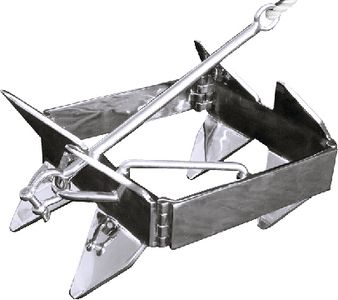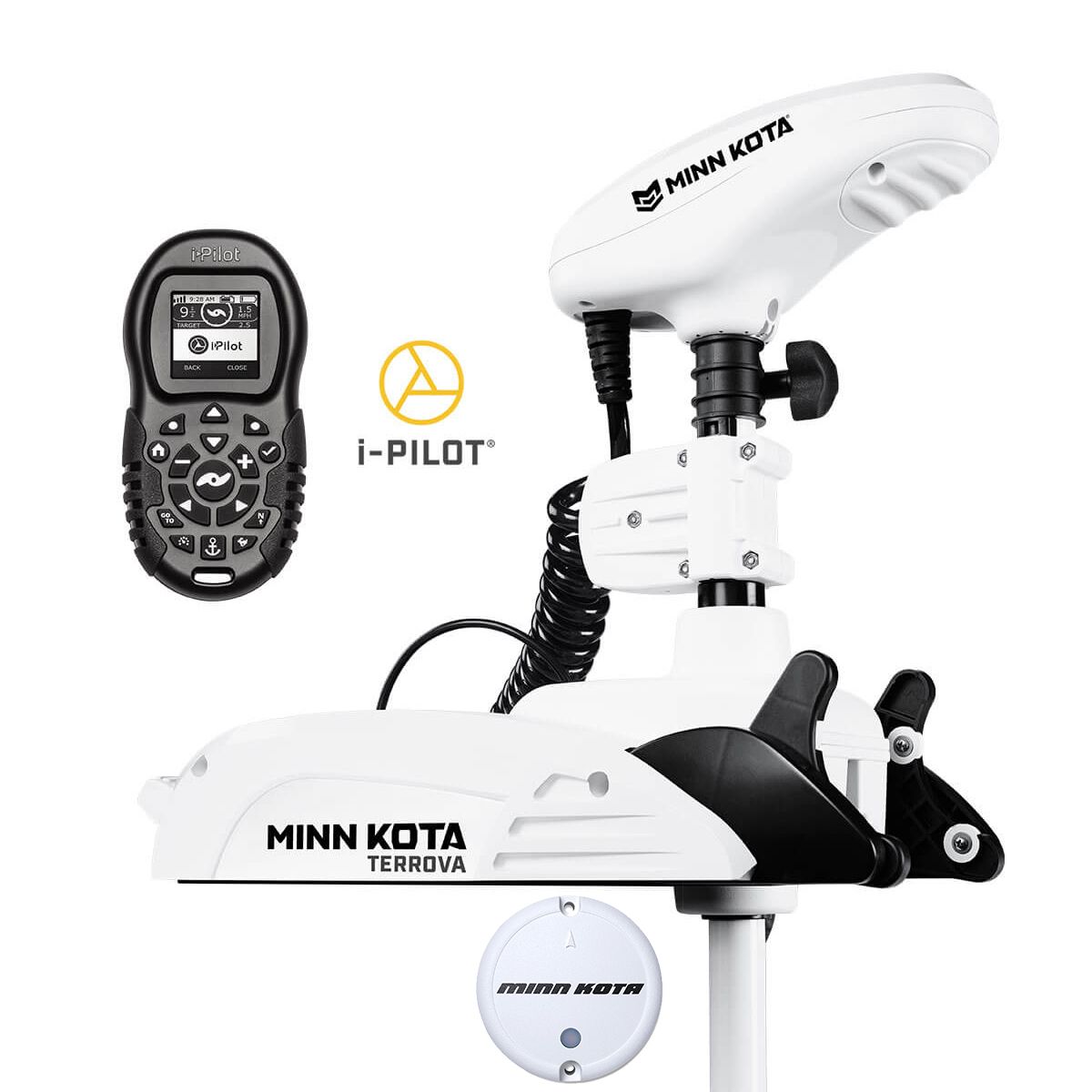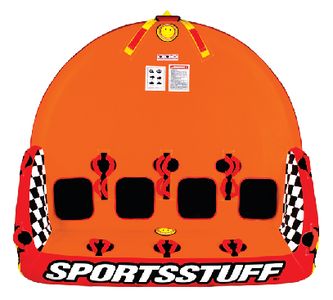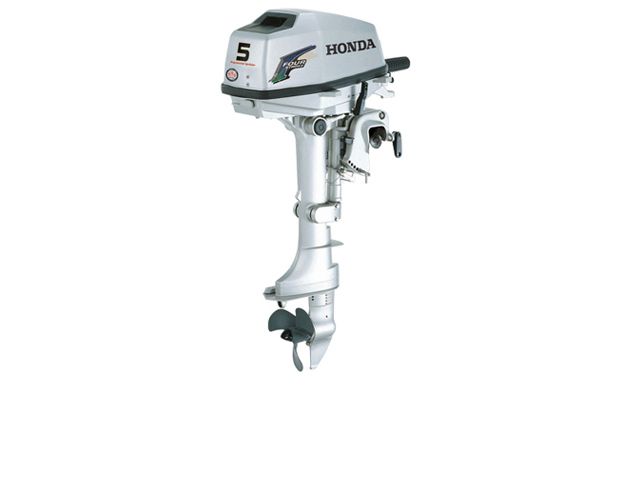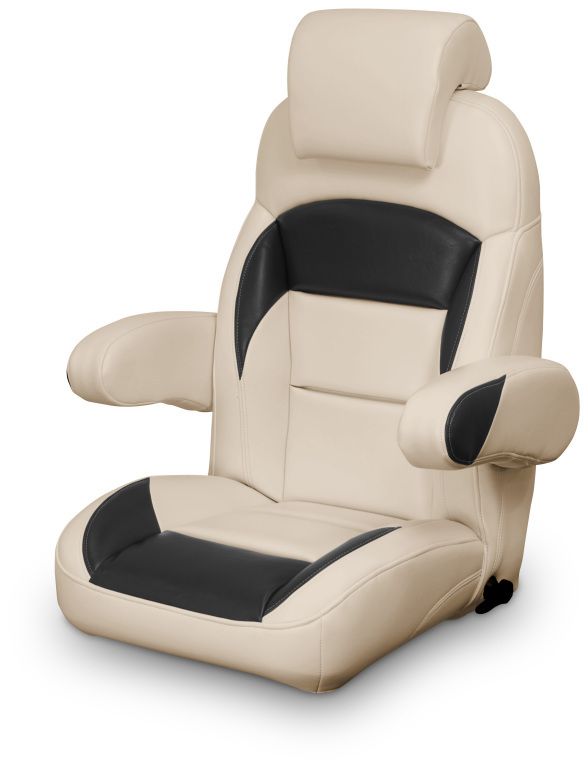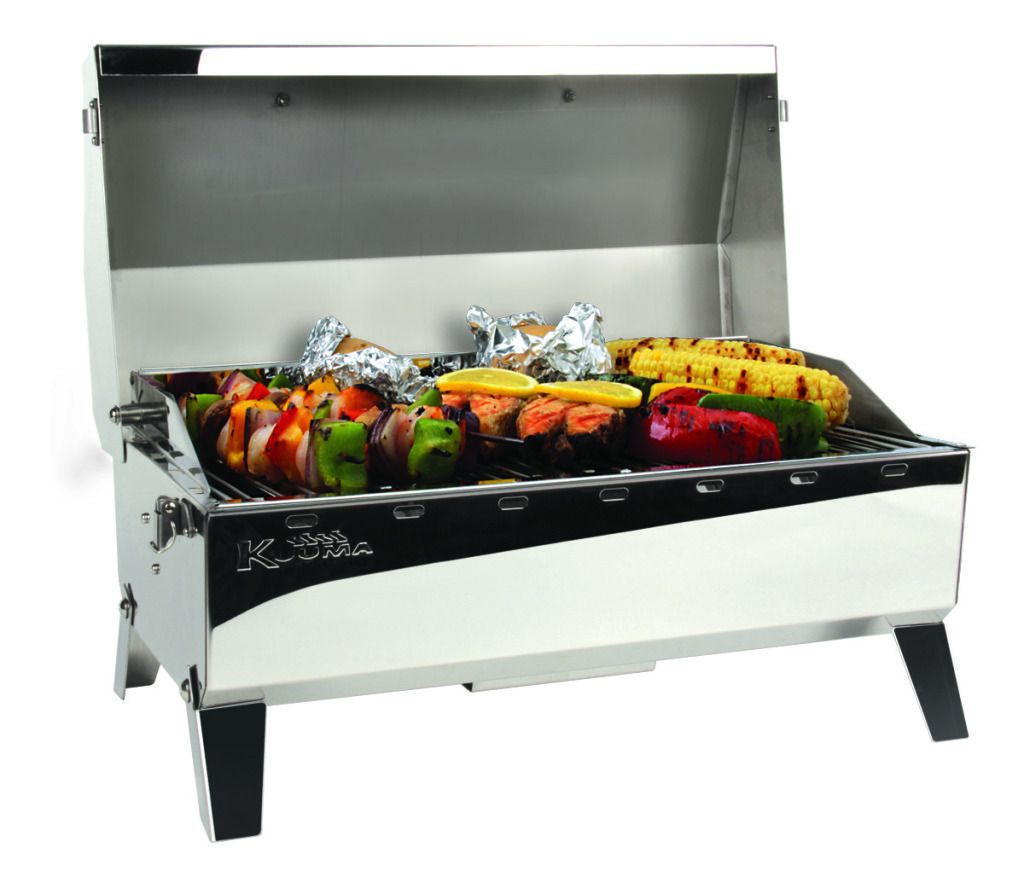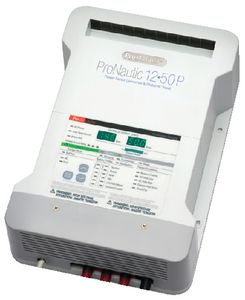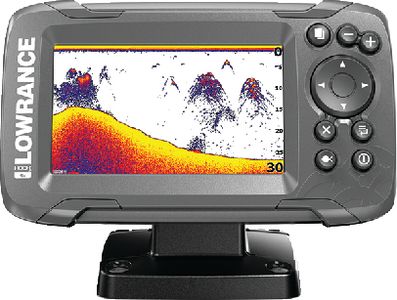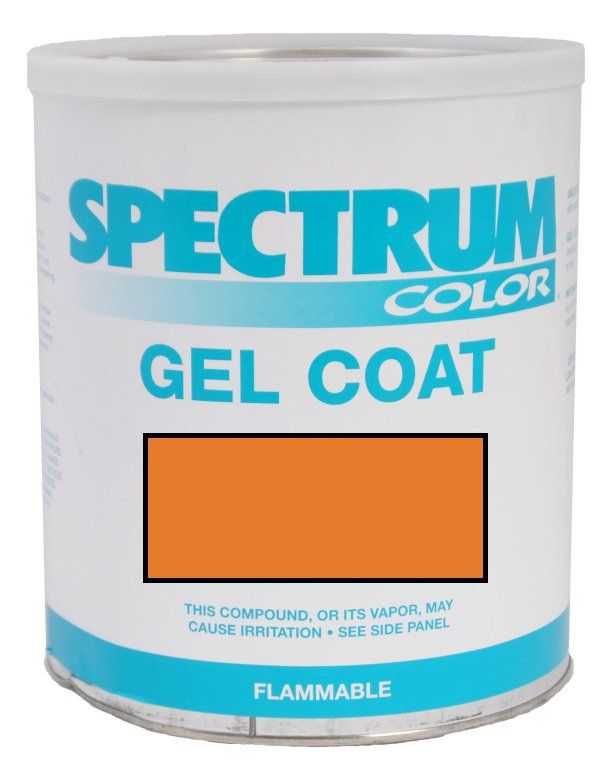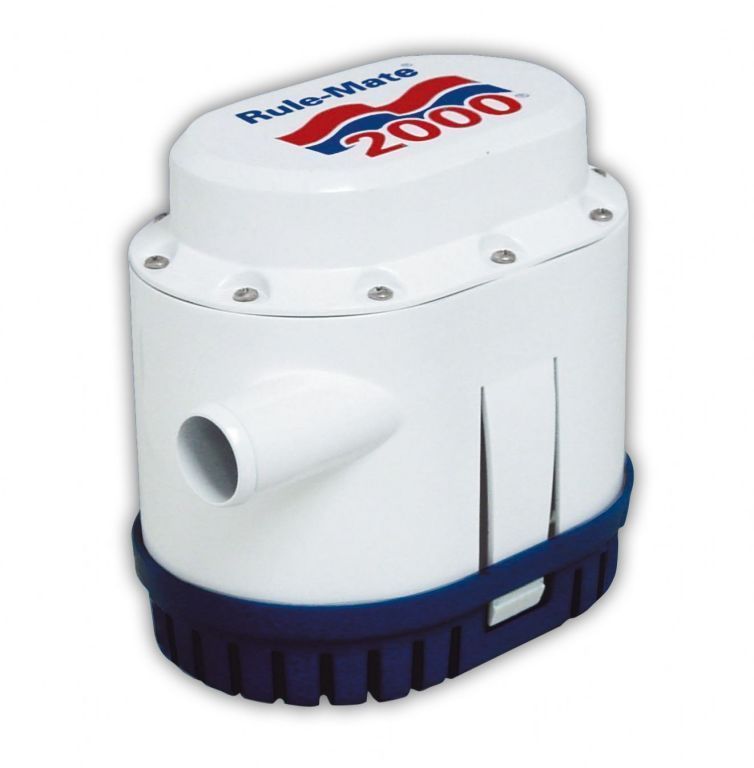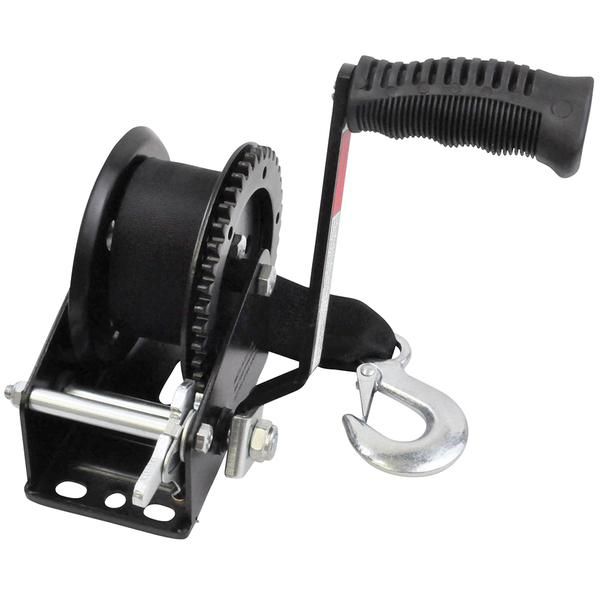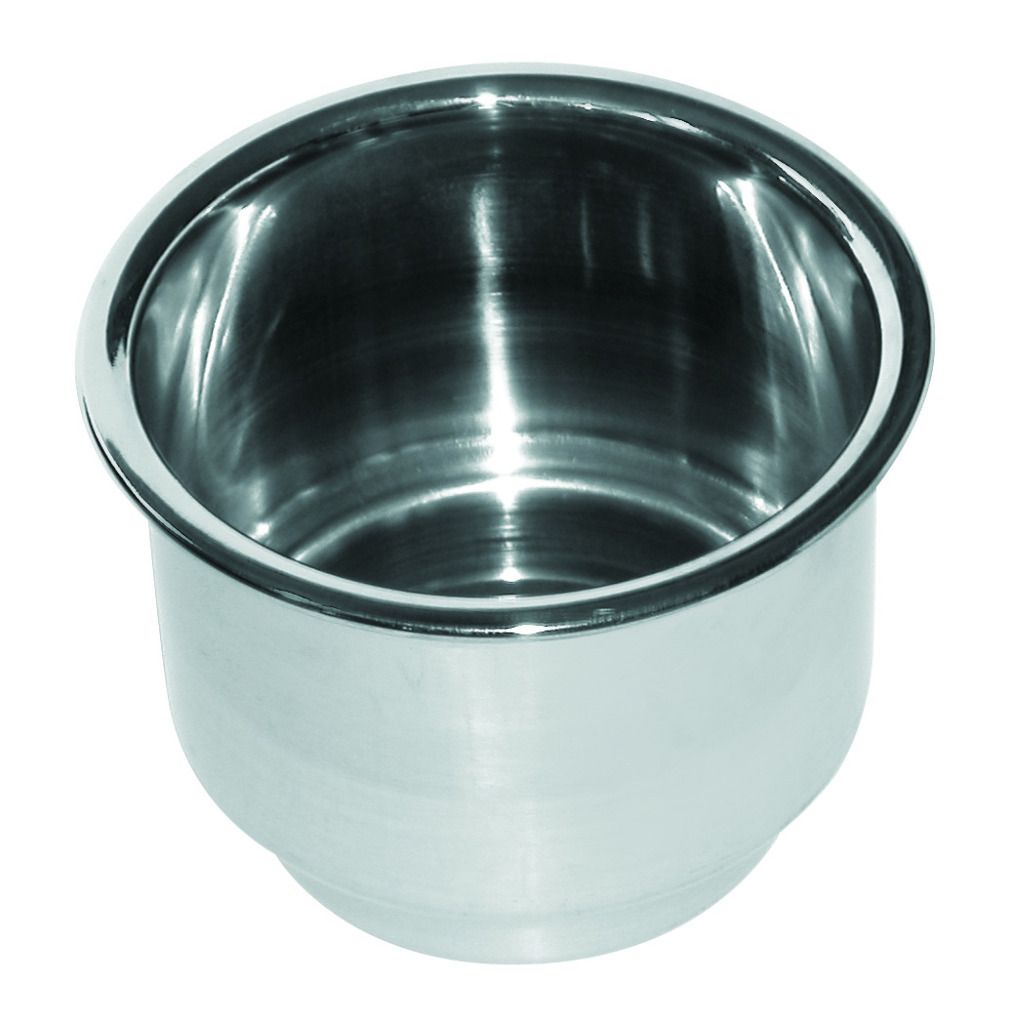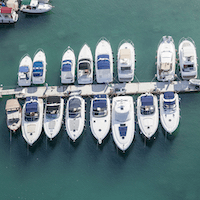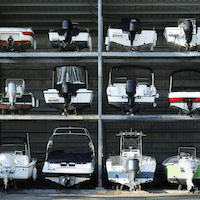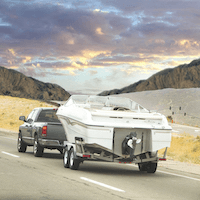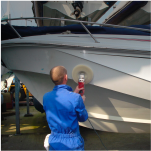I do not come close to the expertise of others on this forum but thru the few years I have been active I can attest those experts and myself have only one interest > to get you back on the water with a good and safe running boat. So don’t give up on us yet!
You do have a head scratcher, and I was about to post some questions when you post # 43 popped up answering some of them. But not all and added some new ones. So here goes.
Can you explain what you mean by upon start up its like ringing a dinner bell? A video if you have one would be great. Idea here is how it behaves and sounds at start up may be an indicator of the problem.
For the oil in the cylinders > did you do this today? Why? BTW, and others may know better, but seems to me that 1 oz of liquid in the cylinder is a lot and then starting the engine (even if after 24 hrs). Reason is since the oil is not compressible, could break things like piston rings.
Also did you put oil into the cylinders just prior to the compression test? This would explain the higher than usual number and eliminate the need for my test no. 1 on post 39 but does require another test (outlined below).
Combustion residue > by that I assume you mean what spark plugs normally look like, so even if you had a weak cylinder, you would get that, perhaps not the same looking but could be there.
If one of the cylinders has little impact (no drop on RPM) when pull the wire > that is the weak cylinder. Which you apparently do not have.
It’s always best to replace gaskets as it may break or otherwise not seal properly when reused.
And while the symptoms suggest a weak cylinder the data is not. And it’s really odd doing better now. Regardless here are my suggestions:
- Redo the compression test on a warm engine. BUT do not put any oil in the cylinders. Instead disable the spark (pull plug off dizzy) and with the throttle wide open, redo the test and post results. Here is the thinking > If you put oil in the cylinders prior to the test you did before, it may have given you false reading. Post results.
- My other thought is the carb has blockage in the high-speed circuit. Try this old school trick prior to pulling apart the carb again > disable the ign (no spark), remove the spark arrestor and with a helper to turn over the engine, place your hand over the throat of the carb to seal it off. Crank the engine for about 10 seconds. From there it should be well flooded, so best to pull the plugs, crank it over for 30 sec and put all back together. Idea here is to ‘suck out’ any blockage. Not a guarantee but hey, worth a try.
- Also, need to pursue Scott06’s idea about fuel delivery. Given its behaving better now, I also think this could be an issue (does not explain the rough idle). Install a fuel pressure gauge in line with the carb. I assume you have rubber hose to the carb which will make it easier > need to get a T fitting, fuel line and clamps to install. Caution: secure the gauge (zip ties) so that it can be read underway and that all the lines / gauge are not interfering with anything rotating. Also need 2 people to do this, one to drive and one to read the gauge. Idea here is to record the pressure at idle and all the way up to WOT when it starts to bog down. If any questions or help needed with this just ask.
Oh, just occurred to me to ask: when it does not get to proper speed, does the motor temporarily ramp up to 4500+ RPM and then come back down to 2500 or so?
Thanks.

